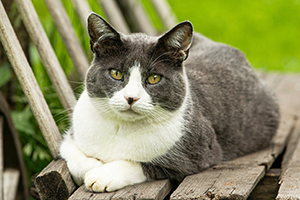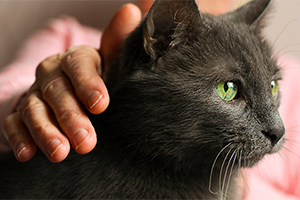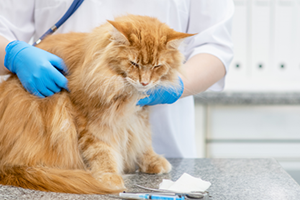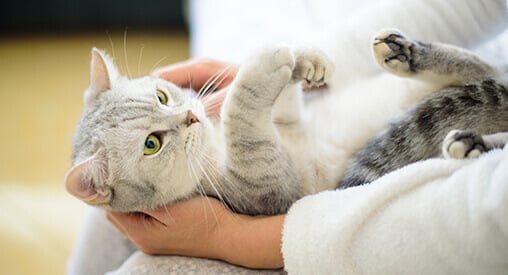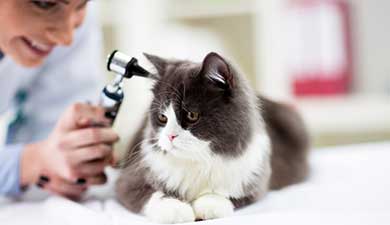Some cats do not enjoy having their eyes checked! Training your cat to calmly accept being handled regularly can make things much less stressful, especially if you do need to visit the vet at any point. Get your cat used to having a head-to-tail check-up in the comfort of your home, and offer them lots of praise and treats as you do so.
If your cat ever needs eye drops, ask your vet to show you how to use these. Having an extra helper to hold your cat as you administer the eye drops can also make things much easier once you’re home. Make sure you read the instructions carefully so you know how many drops to administer, how often and to which eye. It’s sometimes easiest to wrap your cat in a blanket or towel while doing this, so only their head is exposed. The most important thing is to keep the experience as stress-free as possible, so again, be sure to talk to them calmly and reassuringly, praise them for being good, and reward them with a favourite treat.



